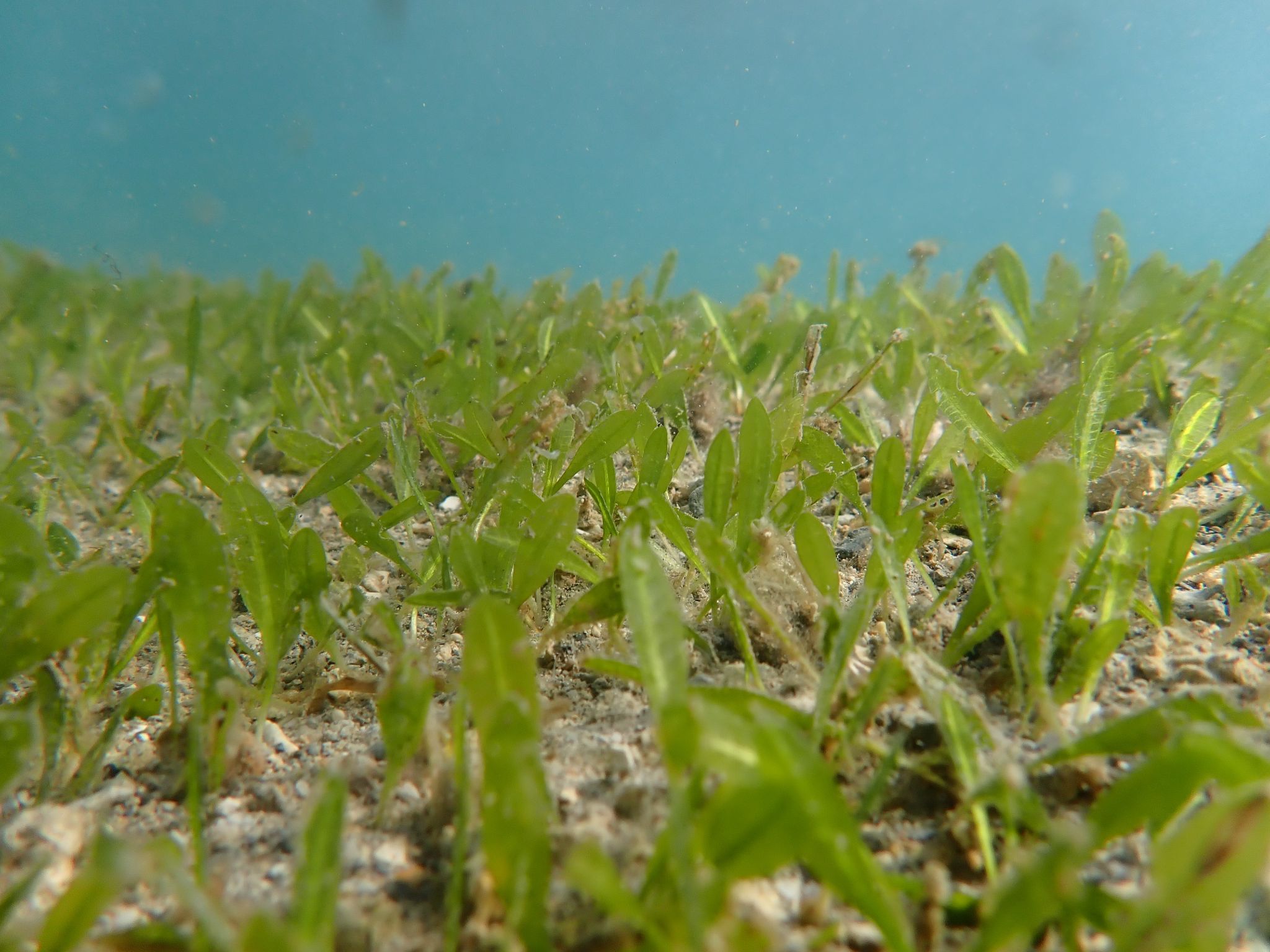Happy World Seagrass Day, GBIF-US community! World Seagrass Day was created by the UN General Assembly in 2022 to raise awareness for the conservation of seagrasses. You may be wondering what makes seagrass worth celebrating?
Why?
Well, seagrass isn’t just a type of plant, but also a valued ecosystem for a number of reasons: it provides extensive habitat and food for fish, invertebrates, epiphytic algae and microbes; it helps sequester carbon; it provides forage for rare and endangered species, including manatees and sea turtles; it improves water quality and stabilizes the sediment, helping to protect coastal zones and reefs from wave damage and erosion (Mtwana et al., 2016).
Unfortunately, even though we understand how important seagrasses are, there is a global decline in seagrass populations (Waycott et al., 2009). The scientific community has called for ongoing assessments of the status of seagrass populations to help us understand the factors that may be contributing to this decline (Waycott et al., 2009). GBIF-US can help by coordinating these assessments in a central location, and in a standardized format.
What data do we have?
Although we don’t have every single seagrass dataset out there, there are over 300,000 seagrass occurrences published to GBIF, representing 74 species. These data were contributed from 177 datasets and 106 publishers. Data from the United States includes over 23,000 of those occurrences and represents 30 species, with over half of these occurrences being contributed by three datasets: the South Florida Fisheries Habitat Assessment Program (FHAP-SF), iNaturalist Research-grade Observations, and the NMNH Extant Specimen Records (USNM, US)
But we think we can do better. For example, we have been in conversation with seagrassnet.org, to help them share their data through GBIF and OBIS, in addition to their own portal.If you know of other datasets that we could help mobilize, please reach out to us at gbif-us@usgs.gov, or you can suggest the dataset via the GBIF ‘suggest a dataset’ tool.
Citations
Mtwana Nordlund L, Koch EW, Barbier EB, Creed JC (2016) Seagrass Ecosystem Services and Their Variability across Genera and Geographical Regions. PLOS ONE 11(10): e0163091. https://doi.org/10.1371/journal.pone.0163091
Waycott, M., Duarte, C. M., Carruthers, T. J. B., Orth, R. J., Dennison, W. C., Olyarnik, S., Calladine, A., Fourqurean, J. W., Heck, K. L., Hughes, A. R., Kendrick, G. A., Kenworthy, W. J., Short, F. T., & Williams, S. L. (2009). Accelerating loss of seagrasses across the globe threatens coastal ecosystems. Proceedings of the National Academy of Sciences, 106(30), 12377–12381. https://doi.org/10.1073/pnas.0905620106
